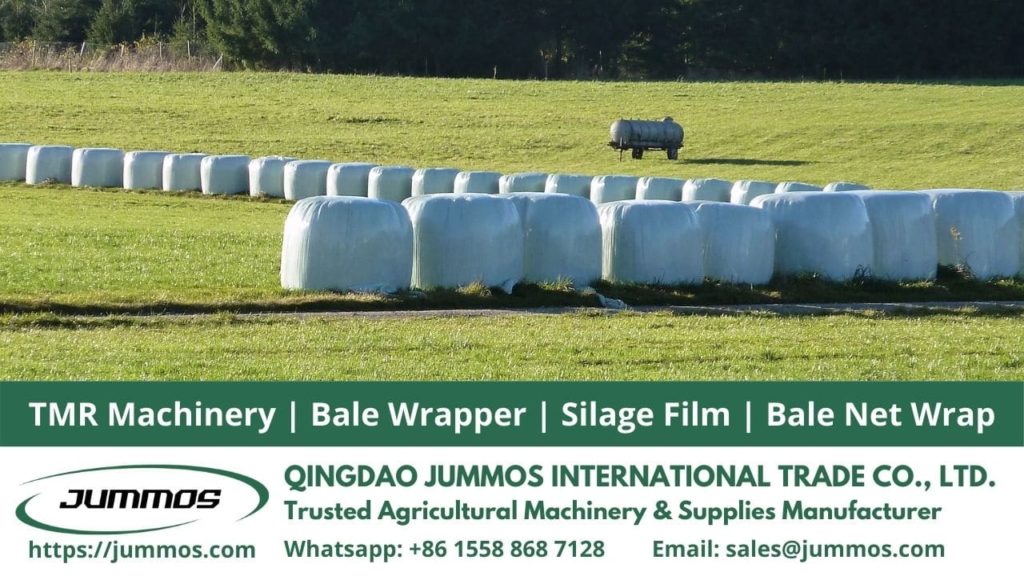Contents
The Challenge of Providing Ruminant Feed
The main challenge for ruminant feed is ensuring enough quantity and good nutrition. One of the problems is having feed available all year round. During the rainy season, there is plenty of forage. However, in the dry season, it often becomes scarce. Also, most feed ingredients come from agricultural waste. These materials usually have low protein and high fiber, which can be hard for livestock to digest. Most crude fiber comes from cellulose and lignin, which are difficult to break down. That is why preservation methods are important, and one of the ways is haylage processing.
Reviewing Haylage and Silage: How They Differ
When discussing haylage, silage often comes up because both are methods of feed preservation. The goal of these methods is to store forage and reduce the loss of nutrients, especially for use during times when feed is hard to find.
Silage is made by fermenting fresh forage, agricultural by-products, or materials with high water content. The process involves lactic acid bacteria working in acidic and anaerobic (no oxygen) conditions. The result is a preserved feed product.
On the other hand, haylage uses dried forage (hay) instead of fresh forage. While the fermentation process is similar to silage, the main difference is in the raw materials. Haylage is stored in a silo and aims to preserve nutrients and improve palatability. It also makes use of agricultural waste that has dried up, turning it into feed that livestock enjoy.
How to Make Haylage
To make haylage, you need to prepare materials and equipment beforehand. The materials include dried hay, a fermentation starter, and water. For equipment, you will need a measurement tool, a bucket, a drum or silo for fermentation, and gloves. Below are the steps for making haylage:
- Prepare dried hay and a plastic-coated silo.
- Spread the hay on a clean floor.
- Sprinkle the fermentation starter evenly over the hay to speed up the process.
- Add water and mix until the hay has the right moisture level for fermentation.
- Gradually pack the hay and starter mixture into the silo, pressing down to remove air.
- Seal the plastic tightly to prevent leaks and cover the silo with a lid.
- Leave the mixture to ferment for 3–4 weeks.
Factors Influencing Haylage Quality
Several factors decide the quality of the haylage. These include:
- Raw materials: The type of forage used.
- Silo type: How well it seals air out.
- Preservatives: The starter or other additives.
- Processing: This includes withering, mechanical treatments, and post-harvest care.
- Plant characteristics: Structure and protein content.
Good haylage has a sour smell, is free from mold or slime, and has a color ranging from brown to green. It should also have a firm texture.
Benefits of Haylage
Making haylage takes time and effort, but the advantages make it worthwhile. It helps store feed for times when forage is not available, ensuring livestock get the nutrition they need. Haylage is similar to silage but uses dried forage, making it more suitable for some situations.
Healthy and well-fed livestock grow better and produce higher-quality meat or milk. Choosing a good feed provider or machinery supplier is important to support this goal.
Why Choose Jummos?
When it comes to agricultural equipment and feed solutions, selecting the right partner can make a big difference. Jummos is an experienced manufacturer specializing in agricultural machinery, including tools for haylage and silage production. For more information, visit www.jummos.com to explore our products and contact us. We’re here to help you succeed in livestock management.

